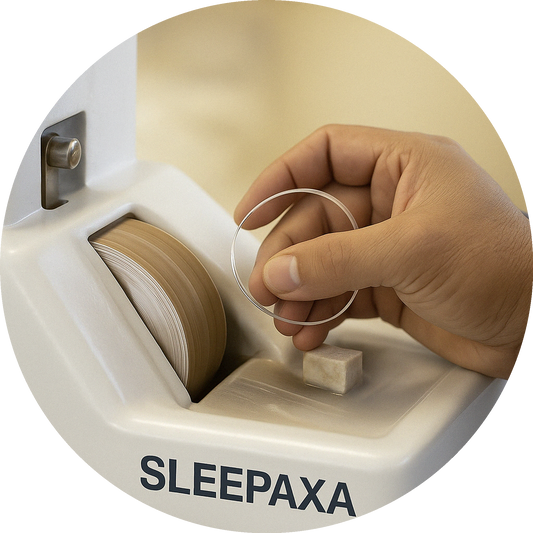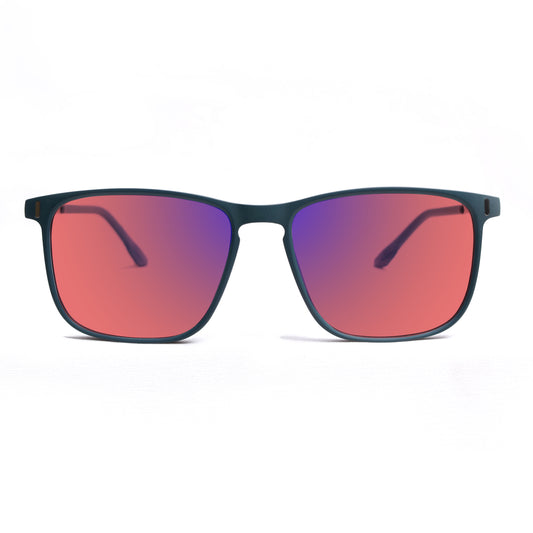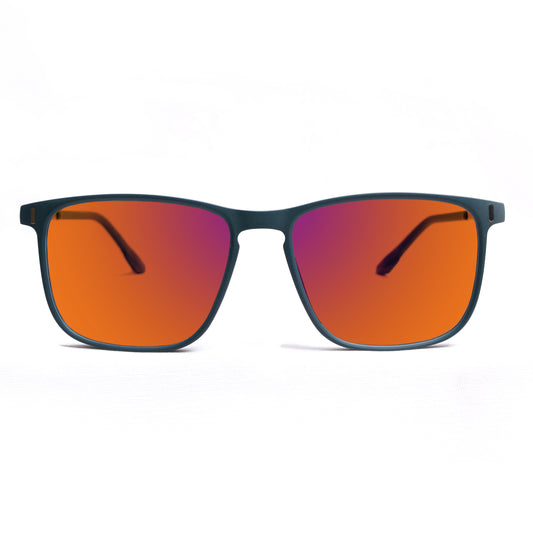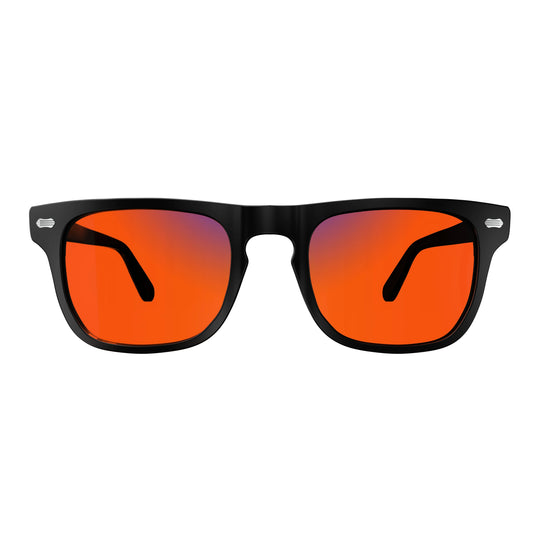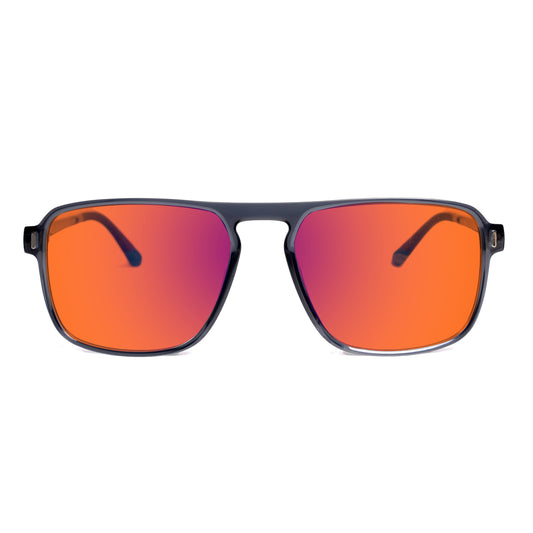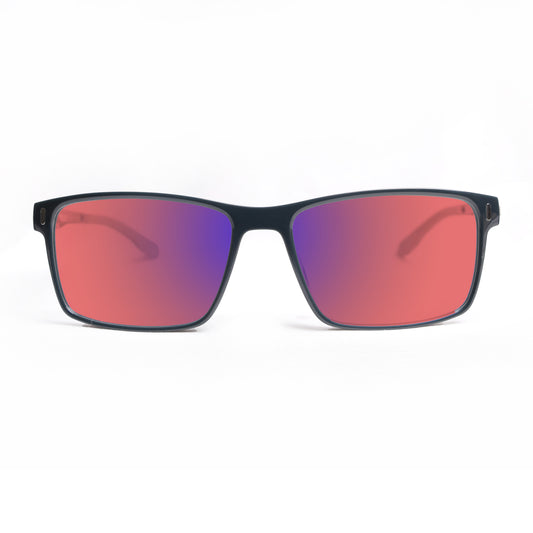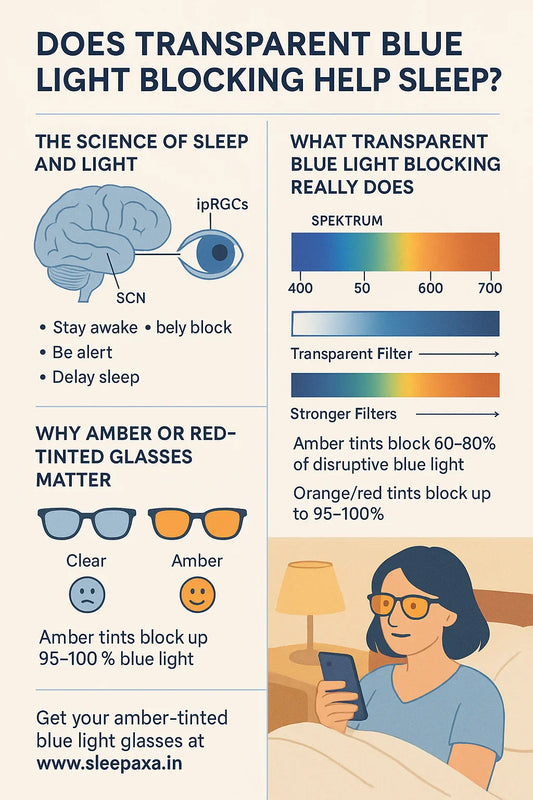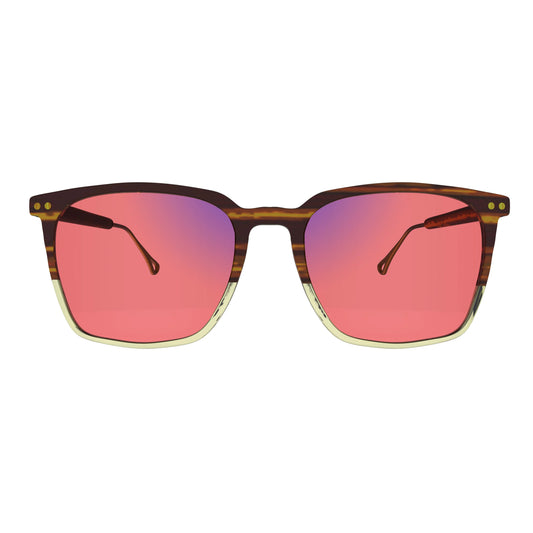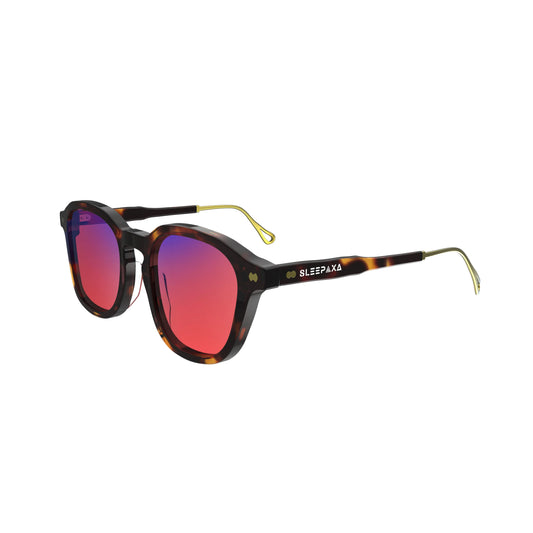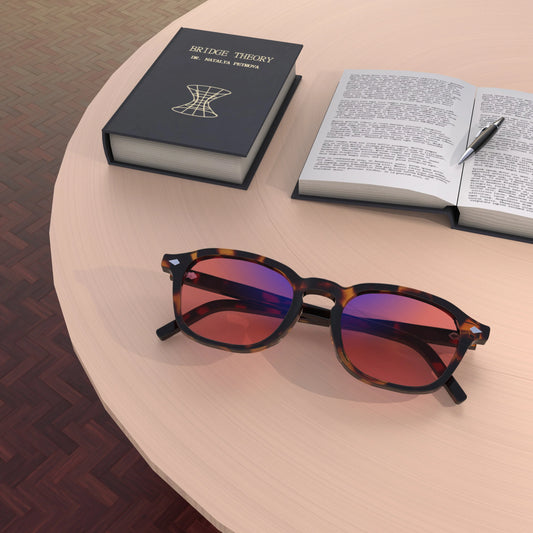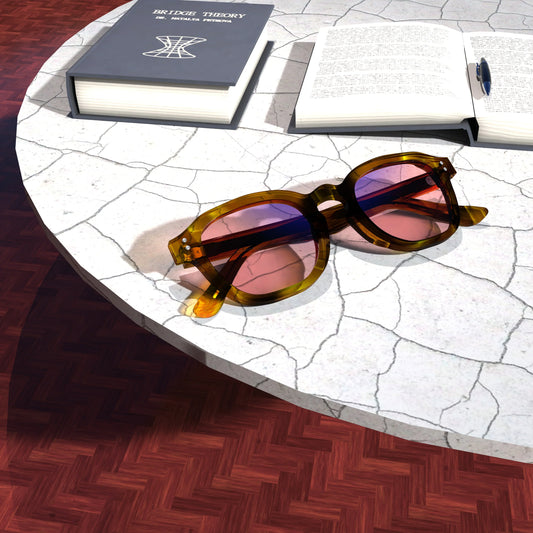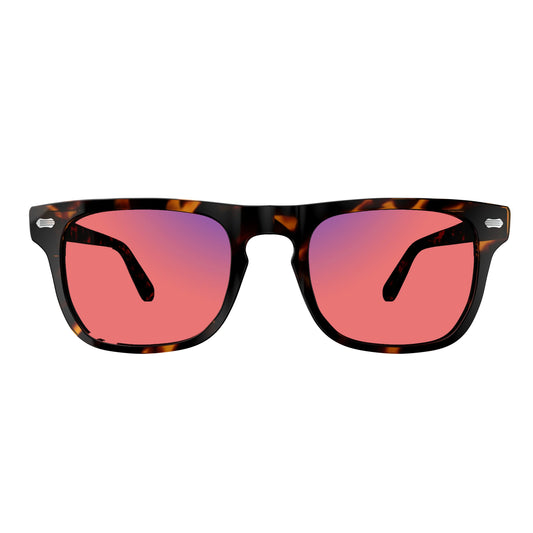
Common Mistakes People Make with Sleep Glasses
Common Mistakes People Make with Sleep Glasses
Avoid These Errors for Better Sleep and Real Results
Sleep glasses—especially amber-tinted sleep glasses—are becoming a popular tool to fight insomnia, eye strain, and blue light exposure. But simply wearing them isn't enough. Many people make critical mistakes that stop them from getting the real benefits. If you’ve invested in a pair like Sleepaxa Amber-Tinted Sleep Glasses, you want results—better sleep, deeper rest, and healthier eyes.
Let’s break down the most common mistakes people make—and how to fix them.
1. Wearing Them Too Late in the Night
❌ Mistake: Wearing sleep glasses just before bed.
✅ Solution: Start wearing them at least 2–3 hours before bedtime.
Sleep glasses work by blocking blue light, which suppresses melatonin—the hormone that helps you sleep. If you wait until you're already in bed, the blue light has already disrupted your sleep cycle.
With Sleepaxa’s amber-tinted lenses, the best results come when you wear them starting around 6 PM, especially if you're using screens.
2. Not Using Them Consistently
❌ Mistake: Wearing them only on some nights.
✅ Solution: Make them a daily part of your evening routine.
Your sleep-wake cycle (circadian rhythm) thrives on consistency. Using Sleepaxa Amber Sleep Glasses only occasionally limits their effectiveness. Treat them like brushing your teeth—a daily habit for long-term results.
3. Wearing the Wrong Type of Tinted Glasses
❌ Mistake: Buying generic blue blockers that don’t have enough tint.
✅ Solution: Choose glasses with amber-tinted lenses, scientifically shown to improve melatonin production.
Not all glasses are created equal. Many clear or lightly tinted glasses block only a small percentage of blue light. Sleepaxa Amber-Tinted Sleep Glasses use a special spectrum filter that reduces 90–99% of blue light in the range that affects melatonin most.
4. Using Them Indoors and Outdoors in Daylight
❌ Mistake: Wearing amber glasses in sunlight.
✅ Solution: Use amber-tinted glasses only indoors in the evening or under artificial light.
Amber-tinted lenses can block helpful natural light during the day, which might throw off your body clock. Sleepaxa sleep glasses are designed for indoor evening use, not as sunglasses.
5. Ignoring Screen Brightness and Room Lighting
❌ Mistake: Keeping devices at full brightness even while wearing glasses.
✅ Solution: Dim your screens and room lights for maximum effect.
Even the best amber lenses work better when you reduce other sources of blue light. Combine Sleepaxa glasses with dim, warm lighting and “night mode” settings on devices for full benefit.
6. Expecting Instant Results Overnight
❌ Mistake: Assuming one night of use will fix your sleep problems.
✅ Solution: Give it at least 7–14 days of consistent use.
Just like your body needs time to adjust to a new diet or workout, it also needs time to reset its circadian rhythm. That’s why Sleepaxa encourages a 14-day usage challenge—wear the glasses every evening and track your sleep quality.
7. Choosing Fashion Over Function
❌ Mistake: Prioritizing trendy frames over performance.
✅ Solution: Select glasses that offer scientific design and high-coverage frames.
Sleepaxa offers stylish yet functional frames, but the key is lens technology. Amber-tinted lenses should have proper coverage around the eyes to block light from all angles.
Why Sleepaxa Amber-Tinted Sleep Glasses Stand Out
✅ Clinical spectrum amber tint for maximum blue light blocking
✅ Designed for night-time wear with indoor lighting
✅ Ideal for those suffering from insomnia, screen fatigue, or ADHD
✅ Lightweight and comfortable for long wear
✅ Trusted by customers with real-life testimonials
Final Thoughts
Sleep glasses can be a game-changer—but only if you use them right. By avoiding these common mistakes and choosing Sleepaxa Amber-Tinted Sleep Glasses, you’re setting yourself up for success.
💡 Try the 14-day Sleep Challenge with Sleepaxa and see how your sleep transforms.
📦 Order Now from Sleepaxa – backed by a 30-day money-back guarantee!
References:
-
Harvard Health Publishing. “Blue light has a dark side.”
-
National Sleep Foundation. “How Light Affects Sleep.”
-
American Academy of Sleep Medicine.
